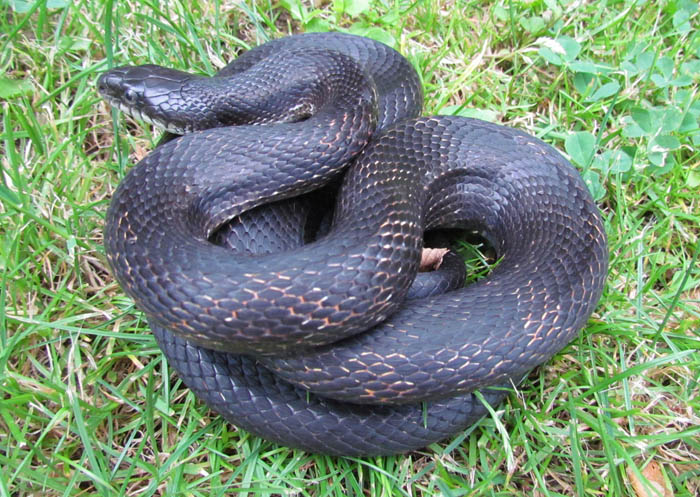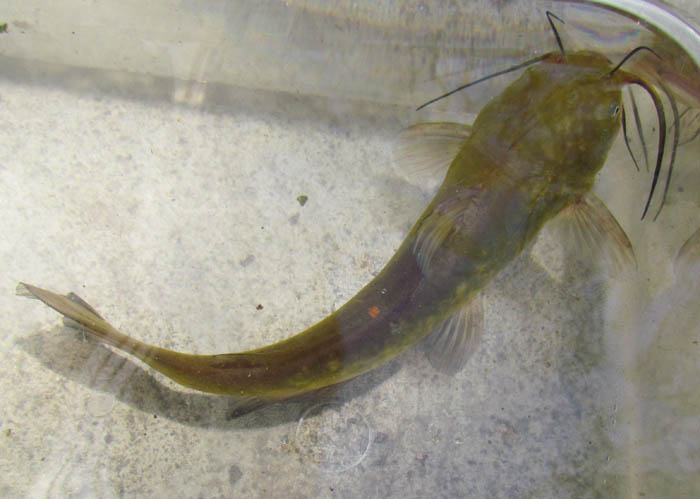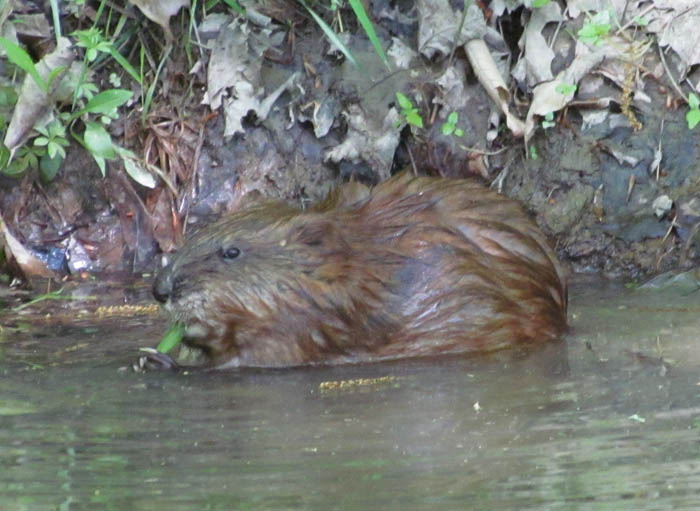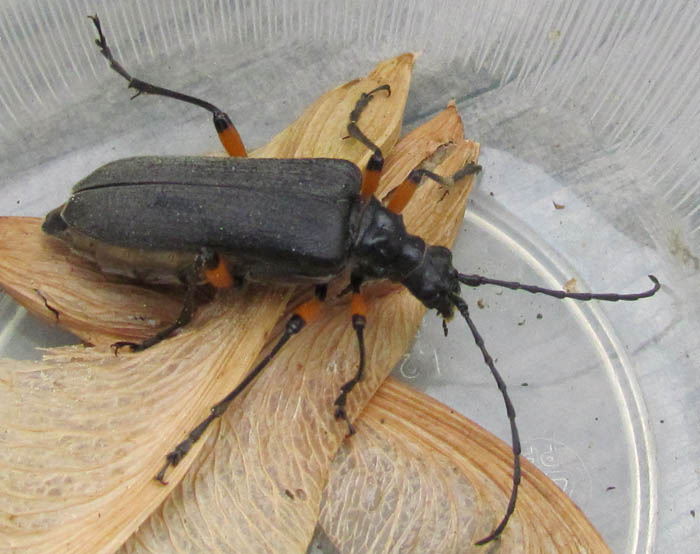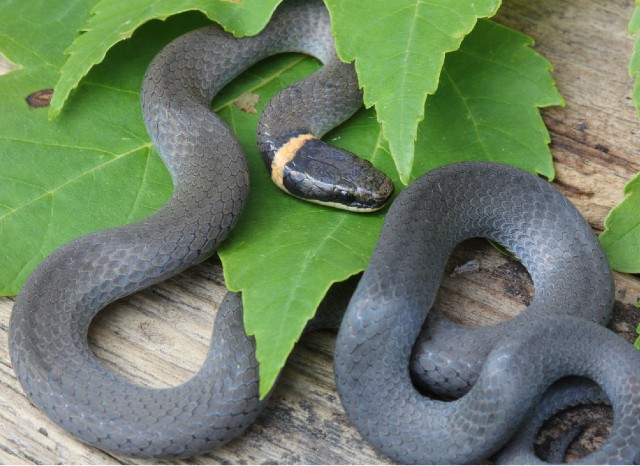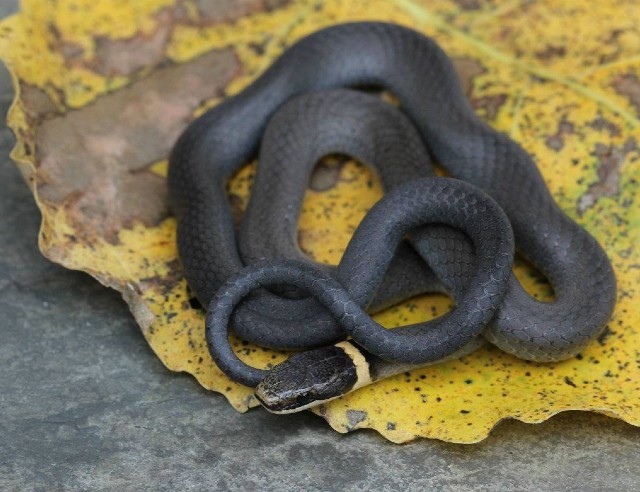Walking along the banks of the Cuyahoga River, I heard a noise in the underbrush. Further investigation triggered something to leap away in a series of zigzag jumps. It was the tell-tale getaway method of the Northern Leopard Frog.
Eventually I caught up with the creature. It’s easy to see how this spotted frog gets its name. I consider the Northern Leopard Frog to be the most beautiful of all of North America’s amphibians. It is also common and can be found (along with other species of Leopard Frogs) across much of the United States.
In late winter while searching for Wood Frogs and Spring Peepers, I’d occasionally hear the calls from this frog, which sound like a person snoring. The leopard frog can even call under water.
Northern Leopard Frogs utilize many aquatic habitats, such as marshes, ponds, lakes, rivers, or streams. During warmer months, these frogs may leave the water and venture into fields or pastures to forage. Their diet consists mainly of insects.








